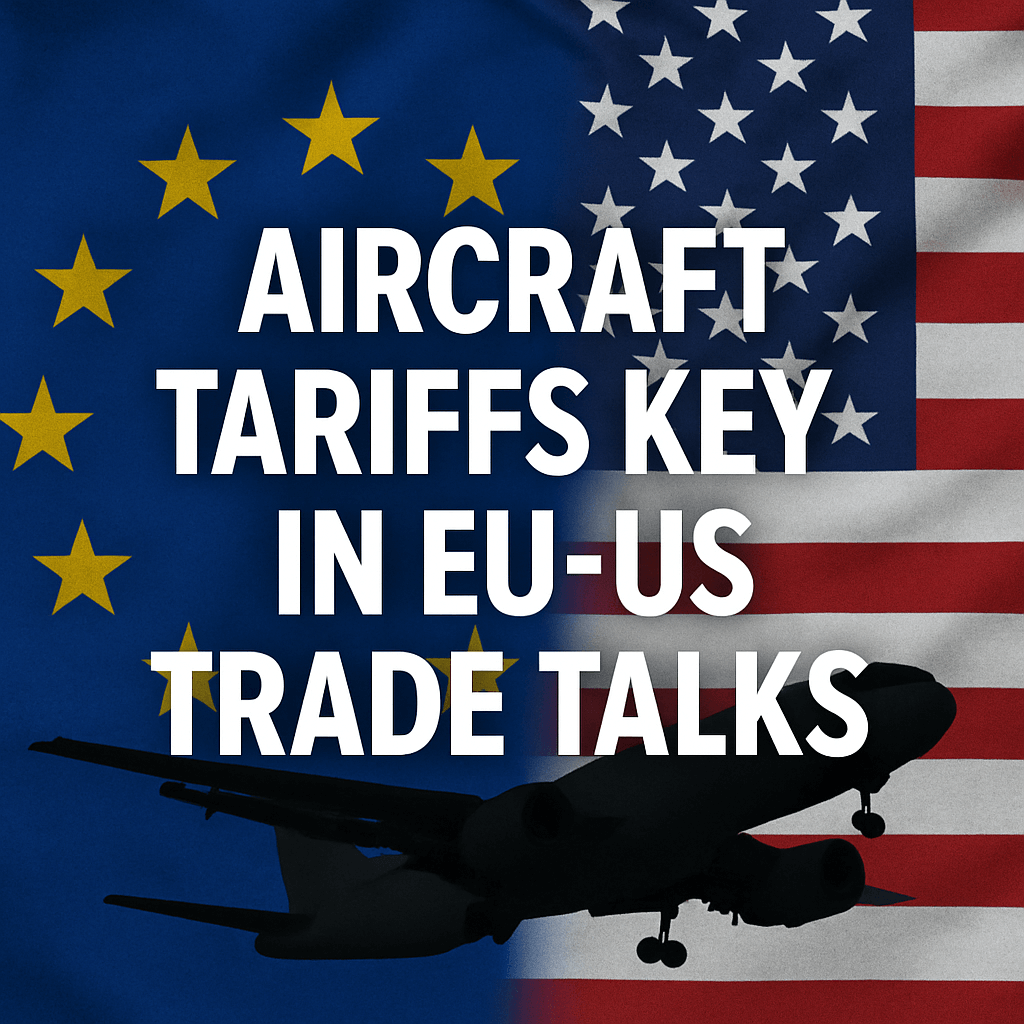Aircraft Tariffs Key in EU-US Trade Talks

Background to the Dispute
EU member states and industry representatives have raised objections to the inclusion of aircraft on the European Commission’s proposed list of US products targeted for counter-tariffs. The move forms part of a reciprocal response if Washington fails to lift existing trade barriers after a 90-day pause announced by former US President Donald Trump on 1 March.
For nearly three decades, Brussels and Washington have sparred over state support for their respective aerospace giants. A 1992 agreement aimed to regulate government aid to Airbus and Boeing, but by 2004 the US formally withdrew, alleging excessive subsidies to Airbus. Both parties turned to the WTO, triggering a protracted legal battle that peaked in 2019 when the WTO authorized the US to levy $7.5 billion in annual tariffs on EU goods.
Scope of Proposed Countermeasures
On 8 May, the European Commission published a non-exhaustive list of US imports valued at €95 billion that could face duties up to 25 percent if the US maintains steel, aluminium and auto tariffs:
- Aircraft: Boeing models 737, 777, and 787, including maintenance services and spare parts.
- Automobiles: Passenger vehicles and light trucks exceeding 2.5 tonnes curb weight.
- Steel and Aluminium: Semi-finished slabs, plates, and specialty alloys.
- Industrial Machinery: Gas turbines, compressors and pumps.
Member states are consulting with affected industries—particularly France, Germany and Spain, where Airbus has major assembly lines—to seek carve-outs for strategic sectors.
Technical Analysis of Subsidy Mechanisms
Subsidies to Airbus and Boeing take multiple forms, including direct grants, repayable launch investment (RLI), R&D credits and export-credit guarantees. The EU’s RLI scheme for the A350 wing design amounted to €4 billion over two decades, while the US Export-Import Bank offered Boeing over $50 billion in low-interest financing since 2005.
Professor Elena Rossi of the Centre for Trade Policy observes: “These financing structures affect unit cost curves by up to 5 percent, creating distortions in what is already a highly competitive duopoly.”
Legal Framework and WTO Jurisprudence
The WTO’s Subsidies and Countervailing Measures (SCM) Agreement outlines three key criteria to classify a subsidy as prohibited:
- Direct financial contributions by a government or public body.
- Provision of goods or services at below-market rates.
- Specificity favoring certain enterprises or industries.
Recent WTO panels confirmed that both Airbus and Boeing received actionable subsidies under Articles 1.1(a) and 3.1 of the SCM Agreement. The 2019 and 2020 rulings allow each side to impose countervailing duties proportionate to the injury suffered.
Macroeconomic Implications for EU and US Economies
An ECIPE study estimates that 25 percent tariffs on aircraft and related inputs could reduce EU GDP by 0.1 percent, equating to some €15 billion in lost output and up to 50,000 jobs at risk across the supply chain. In the US, the Peterson Institute forecasts a 0.05 percent GDP decline, with regional impacts concentrated in Washington state and South Carolina where Boeing operations are critical.
Outlook and Next Steps
With the 90-day truce set to expire in early June, both sides have exchanged letters signaling willingness to negotiate. MEP Bernd Lange (Germany/S&D), chair of the Parliament’s Trade Committee, emphasizes the need for a sectoral dialogue that addresses:
- Mutual subsidy caps for next-generation aircraft programmes.
- Enhanced transparency on R&D and military contract financing.
- Joint working groups under WTO auspices to pre-empt future disputes.
Failure to reach an agreement could trigger immediate implementation of EU counter-tariffs and provoke US retaliation, potentially extending duties to Airbus products and undermining global aerospace value chains.